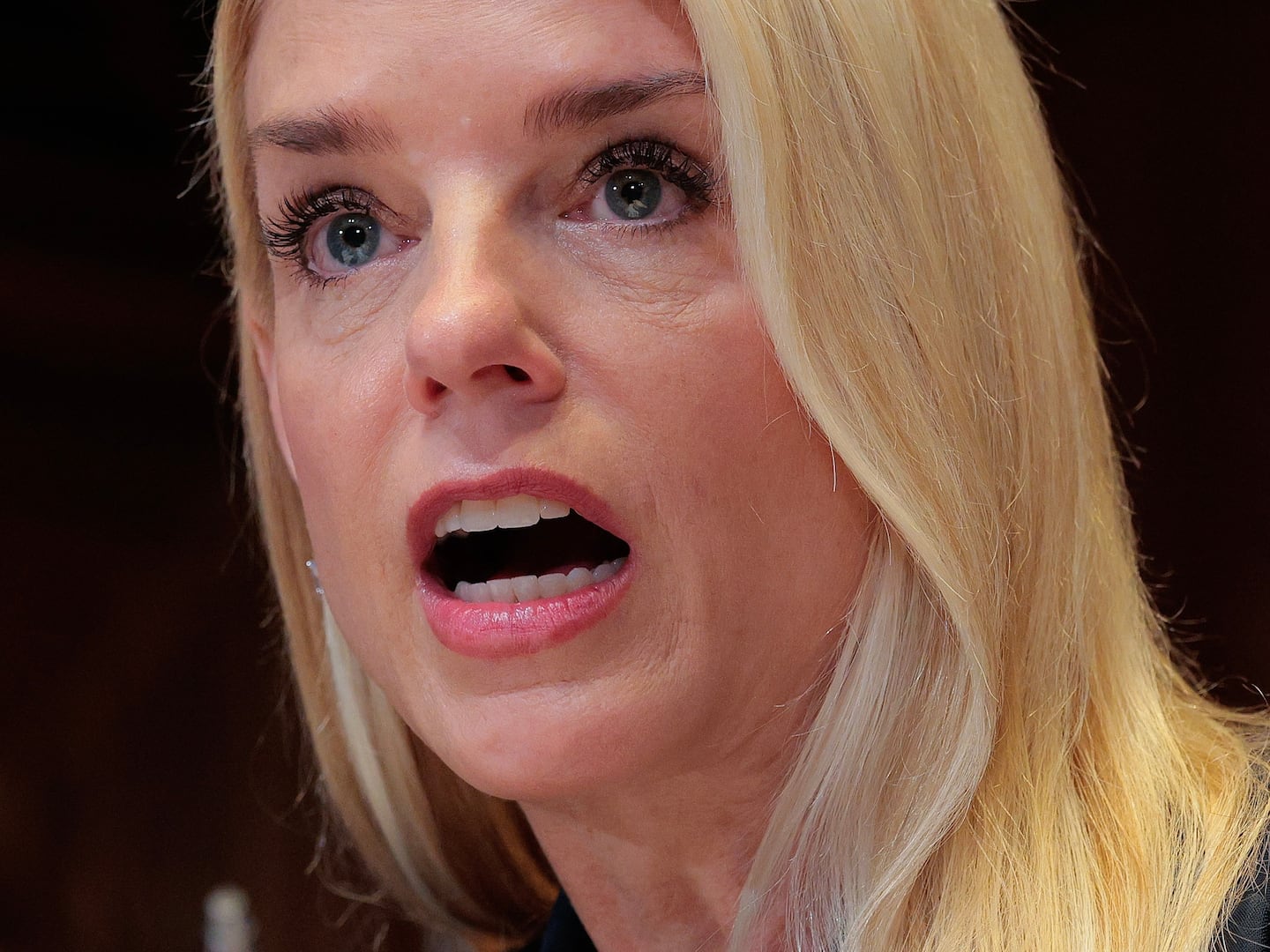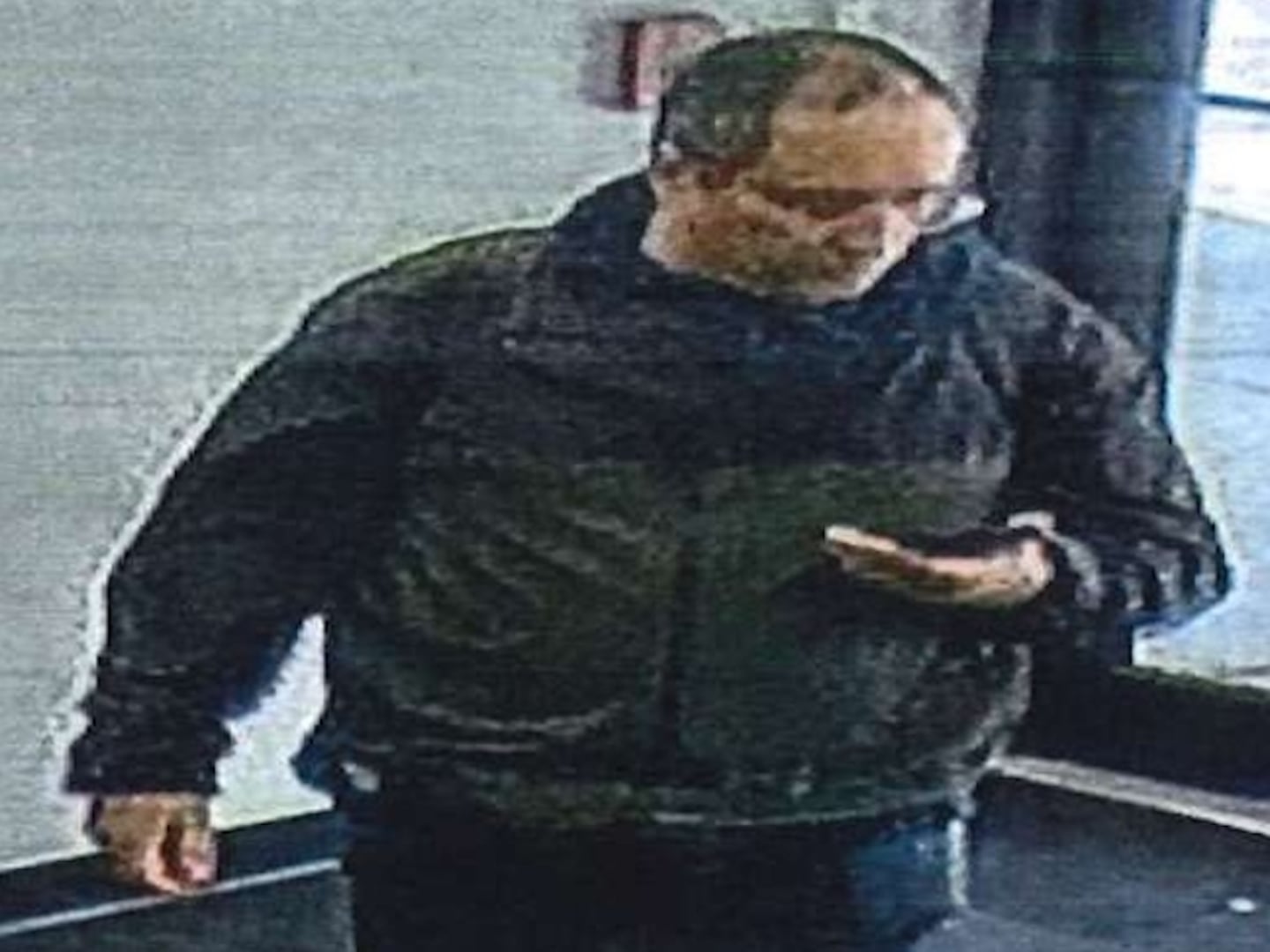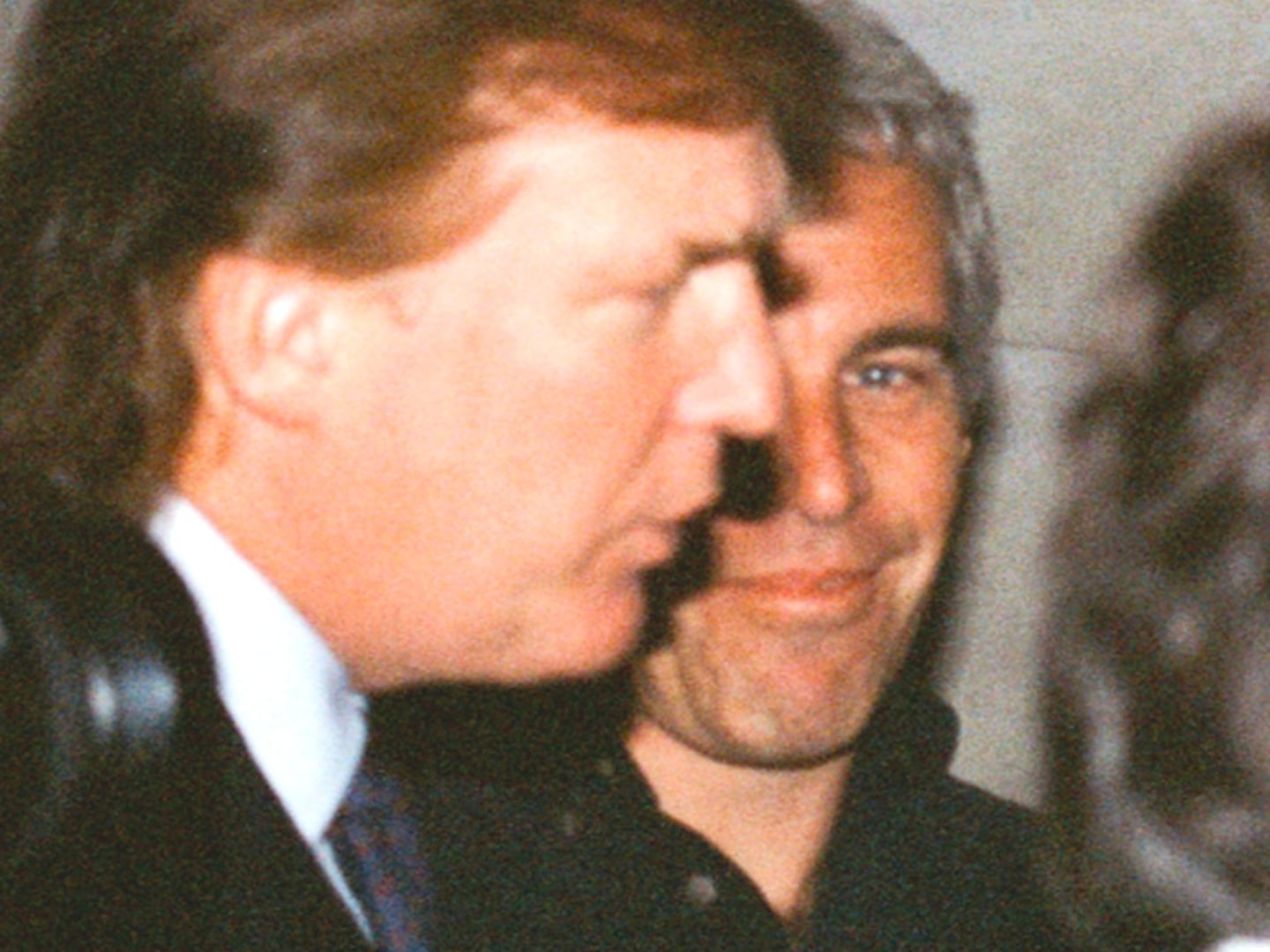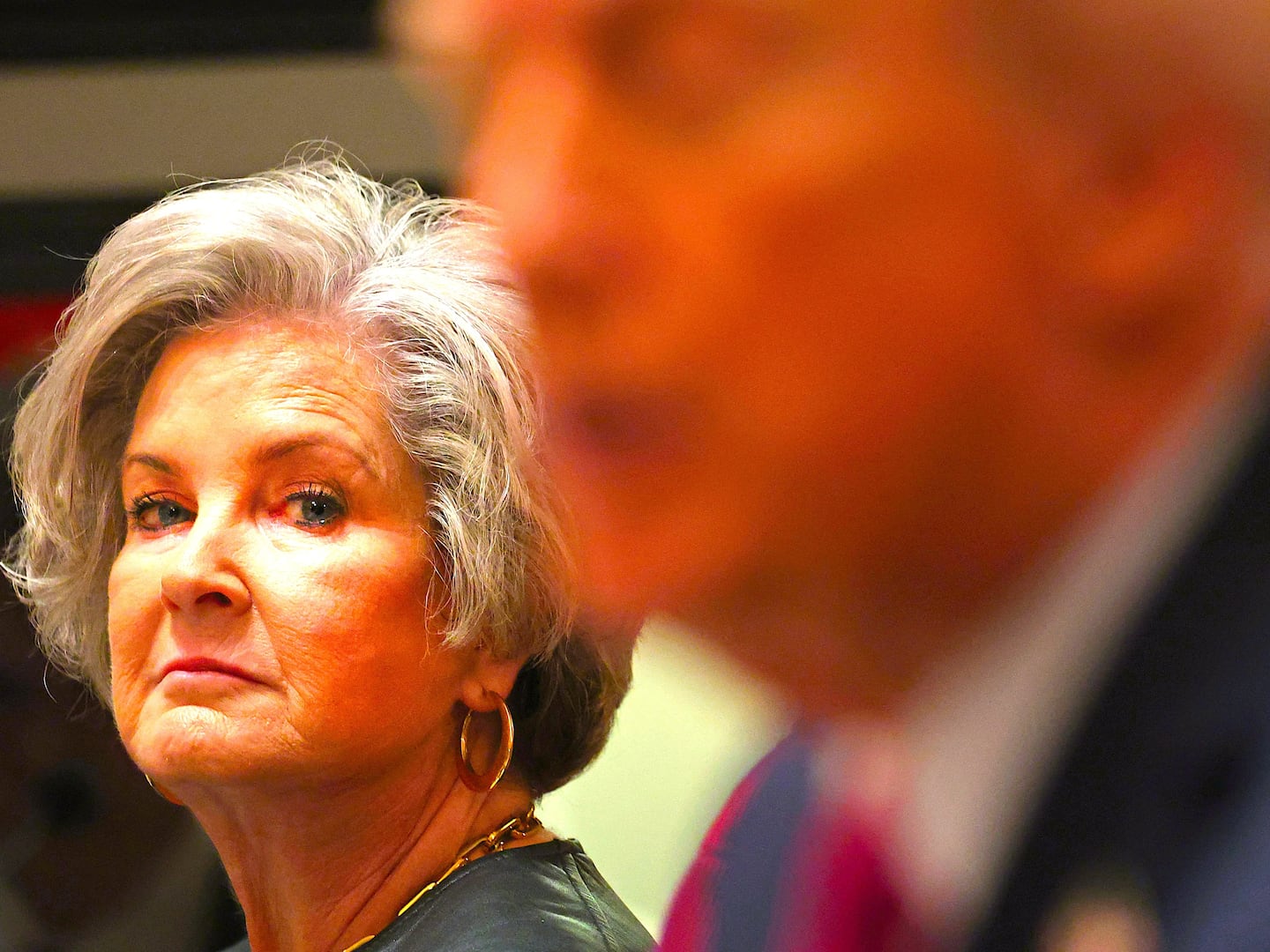TIJUANA, Mexico—Mexican President Enrique Peña Nieto recently assured the nation he does not wake up in the morning thinking about “how to fuck over Mexico.” But he did not say that he wakes up every morning thinking about how to save the country either.
In this age of demagogues, from Vlad the Invader in Russia to Rodrigo the Vigilante in the Philippines, people are looking for bold, simple, even bloody solutions to the injustices they feel. Ambivalence seems hard to tolerate. It feels like a vacuum. And in Mexico, after many years plagued by rampant crime, violence, and the ravages of the drug war, people want heroes.
Have Mexican politicians emerged in that role? Not hardly. But here’s the consummate irony, at the local level, in any case, organized crime steps in to play savior.
***
A few weeks ago, five bloodied men and one woman were found alive, abandoned along a roadside in Tlaquepaque in the state of Jalisco with their hands—discovered nearby in a plastic bag—chopped off.
“This happened because we are thieves who didn’t respect women and minors,” read a handwritten sign left under a seventh victim’s corpse. “This should make you car-stealing, motorcycle, [gold] chain, and cellphone-stealing hounds… and all around rats, understand.”
A group calling itself the Elite Anti-Rat Group signed the note with a smiley face.
Jalisco’s state authorities quickly pointed out that the six people who were mutilated, and the man who was beaten to death, were themselves criminals. Several of them had the word “ratero”—a pickpocket or petty thief—scrawled across their foreheads and arms, pointing to bloody stumps wrapped in plastic bags for improvised tourniquets.
Sound like the so-called Islamic State? Although every bit as grotesque, and though mirroring ISIS violence on the Web, there is not even the vaguest connection with the Quran. What’s important to understand is that such criminal/insurgent movements—ISIS in the Islamic world, the cartels in Latin America—have always claimed, however implausibly, that they were imposing a moral order to defend “the people.”
In this case, two people have been arrested, and it is likely that the victims will also serve time as soon as they’ve recovered from their injuries.
But the “anti-rat” group responsible for the maiming, said state prosecutor Eduardo Almaguer, is just one small faction of the same group that has been “sowing terror” in the region in recent years—the Jalisco New Generation Cartel. He said the group inflicted the permanent wounds on several members of a criminal cell after the small-time drug dealers tried to get away with not paying the bosses their cut from the drug sales.
So, he said, this was just another accounting conflict, disguised—briefly—as vigilante justice.
***
This seems to be a recurring theme for the Jalisco New Generation Cartel, who at various phases since their inception have operated under the guise of righteousness.
The group made its first major appearance in 2009, purporting to be a paramilitary group tasked with taking out the Zetas cartel, which itself was born as an armed wing of the Gulf Cartel composed of rogue military personnel—mostly members of Mexico’s Special Forces, an elite military unit that included as many as 5,000 soldiers who received U.S.-sponsored military training at Fort Bragg throughout the 1990s. Today, the Zetas are considered the most sophisticated and technologically advanced organized crime syndicate in Mexico.
But the first iteration of the Jalisco New Generation Cartel, the Mata Zetas or “Zeta killers,” claimed to be working to right this wrong. They said they sought to wipe out the soldiers-turned-cartel members, and promised to work toward restoring peace and order.
They prominently confirmed their presence in a series of YouTube videos in 2009, and with letters directed to the people of Mexico and then-President Felipe Calderon, who launched Mexico’s failed drug war just weeks after taking office in 2006. This militarized war on drugs has since left upward of 100,000 dead, and tens of thousands more officially missing.
The group thanked then-President Calderón for his efforts and said, among other things: “We are against kidnapping and extortion, and the killing of women and children, as well as the stealing from businessmen, and the assassination of soldiers and Mexican journalists.
“This is the reality that many Mexicans from different states in the country live with, wherever the Zetas are,” they continued. “We want to manifest to [the president] that we are a group that has taken up arms against the Zetas, and are people who have had our families kidnapped. Amongst us there are people who have never thought to take up weapons against anyone… But anyone who has lived through the Zetas’ abuses will understand us, and say that we are right, because we don’t kill innocent people, and if at any point we kill someone that works for the police, we are just killing a traitor who helps protect the Zetas.”
They railed against the raping of their women, the constant extortion, the corrupt authorities, and uploaded several videos in which they interrogate soon-to-be-executed alleged members of the Zetas cartel.
***
Some citizens cheered, but others were rightly skeptical. And it didn’t take long for the “Zeta Killers” to morph into the Jalisco New Generation Cartel, which has now become a major player in Mexico’s drug war.
In 2011 they were referring to themselves as the “armed wing of the Mexican people,” and highlighting their “ethical principles and morals.” But in September of that year, they blocked traffic on a busy freeway in Boca del Rio, Veracruz, unloaded 35 dead bodies alleged to be Zetas cartel members, hung up a narco-banner, and drove off.
Then-governor of Veracruz, Javier Duarte, controversially tweeted about the corpses that “they chose to dedicate themselves to extortion, kidnapping and crime,” implying that the victims deserved their fate. (In an unrelated series of unfortunate events Duarte has been on the lam since stepping down last month to face corruption charges related to upwards of $35 million in stolen public funds. The new interim governor lent Duarte an escape helicopter, and he's been missing since. He is also accused by the press of being linked directly to the murder of at least one journalist among 17 assassinated in his state during his term as governor.)
Veracruz-based Notiver later reported that at least 28 of the 35 cadavers found thrown on the road, several of whom were naked teenage girls, were innocent and had no criminal ties whatsoever. In the following three weeks, dozens more corpses were discarded in similar fashion throughout the city, including 32 found in a single day in the first week of October 2011.
The Jalisco New Generation Cartel’s narrative, of murdering “for a cleaner and calmer Mexico,” has failed to ring true. More bloodshed has followed, and in a striking display of prowess, last year the group was accused of killing three soldiers after shooting down a government helicopter in Jalisco.
***
When Mexican authorities are this corrupt and inept, cartels and armed groups find an easy void to fill on these lawless roads, stepping in to take control of the most out-of-control regions. So, of course, this Jalisco-born cartel is not the only group guilty of pandering to Mexico’s desire for a Robin Hood figure or a return to morality—just the most recent.
Last year, I wrote an extensive timeline of the events that have unfolded in the violence-wracked state of Michoacán, which borders Jalisco. But, not to try your patience, I’ll summarize the last decade of conflict:
Weeks before Mexico’s drug war was launched officially in 2006, the Familia Michoacana cartel became a prominent force in problematic Michoacan, when they left nearly half a dozen human heads on the dance floor of a nightclub, along with a message:
“This is divine justice,” the note read. “The Family doesn’t kill over payment, doesn’t kill women, doesn’t kill innocents. Whoever needs to die, dies.”
This cartel was guided by the philosophy of its founding chief, Nazario Moreno Gonzalez, known as “The Craziest One,” who led his followers with his own brand of quasi-religious fundamentalism and a penchant for vengeance. Followers deified Nazario, and were ordered to follow strict rules outlined in a spiritual handbook, which included abstinence from alcohol and drugs, frowned upon violence against women, and preached the glory of God, while placing particular emphasis on “humility.”
Although Nazario did not actually die until 2014, following his alleged death the first time around in 2010, two founding Michoacán cartel leaders, Servando “La Tuta” Gomez and Enrique “El Kike” Plancarte, split from the powerful Familia cartel to form the Knights Templar cartel, which draws heavily on Christian symbolism and co-opts the red cross associated with the order from the time of the Crusades.
After his fake death, but before his real death, Nazario’s memoir, They Call Me The Craziest, began to circulate throughout Mexico. In the banned book, he says that his “vocation to serve others is and was so sincere” that he donated thousands of Bibles to churches across Mexico and the U.S. He claims to be a humble man “of and for the people,” and denounces the slavery of drug-addiction.
The templarios, in the void evident during the alleged first death of the La Familia founder, began to leave messages across the state, to let citizens know that the “altruistic activities that were previously done by La Familia Michoacana” would now be the Templars’ responsibility. The Knights Templar left messages for the president saying they are “men of honor” who are “trustworthy” and willing to help the government with whatever they need to restore peace.
“Count on us,” they told President Calderón in one message, before sincerely wishing him a very merry Christmas.
***
It was in this climate of pseudo-religious cartel rule, seemingly guided by a strict moral compass, that Mexico’s legitimate citizen vigilante movements—the so-called autodefensas or self-defense militias—sprang up across Michoacán, as the people grew tired of the leveling that comes with “divine justice.”
In 2013, Estanislao Beltran, a farmer known as Papa Smurf because of his rotund complexion and silver beard, a doctor named José Manuel Mireles, and a lime grower named Hipólito Mora, led their communities in Michoacán to revolt against the criminals controlling their towns, then dominated by the crazed Knights Templar cartel.
Early on, it was clear that the townspeople were having great success against the Templars, but as the armed militias became eye-popping international news, they also became a thorn in the government’s side. Just a year after taking up weapons to run the gangsters out of town, the government began entering into agreements with self-defense militias, granting permits which would allow them to keep their weapons, as the gun-slinging vigilantes in turn became, reluctantly, a government-sanctioned rural community police force.
***
Today in Mexico it can be nearly impossible to tell who the good guys really are, and where their interests lie.
Infighting, skirmishes, and shootouts among factions of the “good guys” and their teams have led to fatalities on all sides, and the lines between right and wrong, good and bad, become increasingly unclear.
As the militias formalized and gained legitimacy, they also faced repeated accusations of colluding with the enemy they swore to rise up in arms against. Cartel infiltration and the corruption that comes with collaborating with crooked authorities have turned many of the unarmed townspeople off this brand of security, as the self-sacrificing of the now-armed townspeople has in recent years seemed increasingly less sincere.
I interviewed Elida, a mother of eight children who fled Michoacán last month and is now living in a migrant shelter in Tijuana with her 14-year-old daughter. In September, days before her arrival, armed men shot down a government helicopter in her hometown La Huacana, killing three officers and a pilot. Throughout the day, warring groups battled on the ground, and several known Templars were killed.
“Imagine watching the people who are supposed to come save you, watching them on fire, falling out of the sky,” she said. “Imagine that.”
When telling me why she left La Huacana, she interchangeably refers to templarios, autodefensas, and the armed rural community police, telling me that they are all part of the same system. “They are all the same, but have different interests,” she said, “crooked, and all colluded.”
A week before we spoke, she made up her mind to leave Michoacán and go find help. “The armed men came and disappeared my husband because they wanted him to go work for them, but he is just an old farmer with diabetes, he didn’t want to go work for the criminals. What was he going to do? We were married for 32 years, and now they’ve made it like he doesn’t exist.
“They said they were coming back for my daughter, so they could use her for themselves, because they are so disgusting, so sick, all on drugs, and looking for little girls,” she said, looking over at her daughter who played nearby with a Haitian girl, and a green-eyed Honduran boy. “They see a little girl and say, ‘Come here chiquita, open your legs.’ Of course, we had to leave.”
She explained how she managed to make it out of town: “I had two pigs that weighed 180 kilos. I sold them to a butcher for 25 pesos a kilo and that gave me just enough to buy a plane ticket for me and my daughter,” Elida said, adding that she left her older children behind with their grandparents.
Her eldest daughter successfully gained asylum in the U.S. last year with her kids, after her husband was taken under similar circumstances.
So Elida, left Michoacán, thinking she could do the same.
She arrived in Tijuana, and went straight to the border, waiting several hours in a line of people on their way to work or to buy groceries or go to a show in San Diego. Once at the front of the line, she frantically explained to an American officer what had happened with her husband, and what would have happened to her daughter if she stayed.
The frustrated Border Patrol agent told her she would be arrested, and her daughter would be taken away. Or, he said, he could deport her right now. So Elida, who never learned how to read, signed a small stack of documents the Border Patrol agent gave her, and was then locked in the “hielera”—“the freezer,” as migrants often call over-air-conditioned holding cells—through the weekend with her minor daughter, before Customs turned her loose in Tijuana on a Monday morning.
“I was scared and didn’t know what to do,” she said. “I’m still scared, and I don’t know what to do. I thought the americanos would help, but instead they said that I’m now deported and can’t come back. I don’t know why. I didn’t jump over a fence or swim across a river. I was just asking for help. But it’s OK. The shelter gave me clothes, and my daughter is being fed. What can I even do about it? I sweep the floor. I chop onions. And I thank these wonderful people who have opened their doors for me and my hija.”
***
There are heroes throughout Mexico, if you know where to look for them. But all across the country, people have their eyes set on the anti-heroes, the men in dusty boots with big belt buckles and even bigger guns.
Beyond the staggering death toll, and rate of disappearances in Mexico, one of the more chilling effects of the violence affecting just about every corner of the country is the cultural effect that more than a decade of pervasive violence has had on children and young people who have never been exposed to peace.
The day before the hand-less “rateros” were discovered in Jalisco, a group of fifth-grade children in the southernmost state of Chiapas locked a third-grader in the bathroom and attempted to cut off his tongue with a pair of scissors. Along the northern border, in Chihuahua, a 10-year-old girl was murdered in August by two other children who strangled her with electrical cable and hanged her from a tree. Last year, in the same state, a 6-year-old boy named Christopher was tortured to death by a group of five young boys and girls, who ripped out his eyes, asphyxiated him, and stabbed him more than two dozen times before burying him in a shallow grave, which they then covered with the corpse of an animal.
They were, reportedly, “playing kidnapping,” the way kids in the ’50s played Cowboys and Indians, inspired by the culture of their era.
***
The effects of Mexico’s so-called narco-culture know no age limit, nor are they confined by state borders. Narco-corridos, songs that sing to the glory of prominent cartel figures alive and passed, blast throughout stadiums and earbuds across the country, despite being banned or limited in several cities and states. Narco-novelas, soapy dramas whose protagonists glamorize the foibles of Mexican society and politics while executing their foes in glorious fashion, have become one of the most popular television genres in Mexico.
In real life, these larger than life figures sometimes manage to toe the lines between fiction and reality.
Kate del Castillo made it big by playing a narco-boss on the world’s second largest Spanish-language content provider, Telemundo, as “La Reina del Sur” or The Queen of the South. Loosely modeled after real-life prominent cartel boss Sandra Ávila Beltrán, aka La Reina del Pacifico, in the show Del Castillo became a fictional Sinaloa cartel girlfriend-turned-international drug trafficker.
But in a bizarre twist of life imitating art imitating life, as Sean Penn told the story in a January Rolling Stone article, the infamous leader of the Sinaloa cartel, then-fugitive Joaquín “El Chapo” Guzmán, was willing to risk his freedom to meet his crush, Kate del Castillo, who allowed Sean Penn along for the ride. This meeting was Chapo’s downfall, since authorities apparently followed the Sean Penn-Del Castillo breadcrumb trail straight to Chapo’s hideout.
This all makes for news fodder, but these dusty trail-blazing gun-toting figures have become the new normal in Mexico—like the Kardashians and reality TV icons that pervade the culture just across the border.
Life, for many here, can be like walking through a horrible, immersive murder mystery performance that no one remembers signing up for.
It’s all cops and robbers, with some rooting for the cops, others cheering on the robbers, and depending on who you ask, their level of education and access to public services, their profession, taste in music, favorite TV show, or which way the wind is blowing, everyone has a different opinion of who the good guys are.
In lieu of a straight hero, who will be the anti-hero? Will there be a resolution like something out of the board game Clue? Everyone’s waiting for the show of violence to end, and hoping for a clear hero or clear enemy—a Colonel-Mustard-in-the-parlor-with-a-candlestick-type.
Is it President Peña Nieto on the cover of Time with a red necktie? Or a self-defense militia on an unpaved road with a battered AK-47? Or cartel commandos on a highway with a .50-caliber? Or military forces in a bunker with a license to torture?
It’s heroes one day, criminals the next. And the unarmed people of Mexico are all just along for the ride, waiting for the lights to come on, and the horror show to be over.






